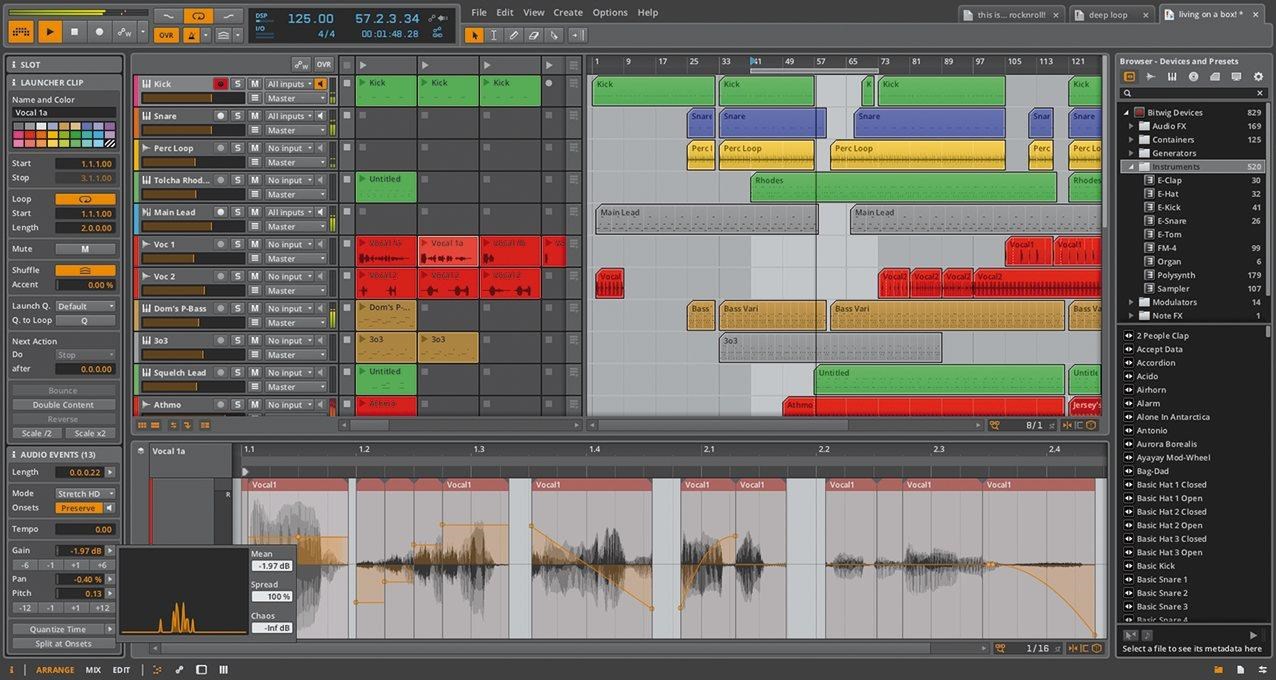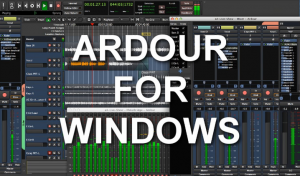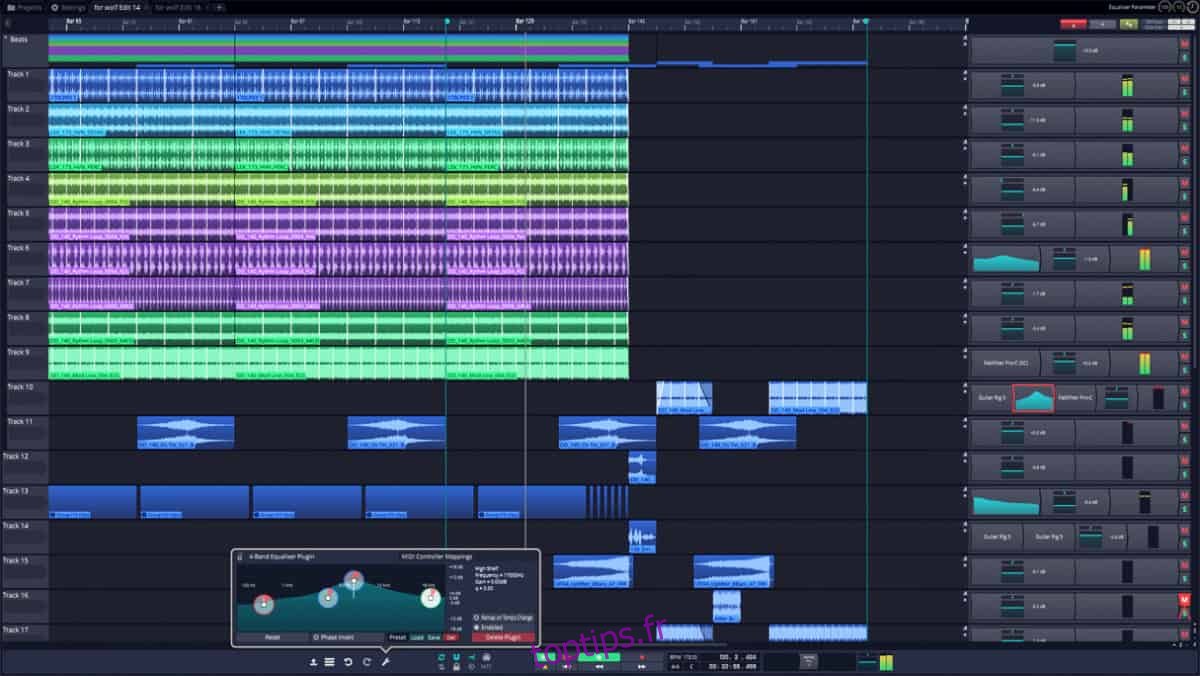

- #FL STUDIO LINUX ALTERNATIVES REGISTRATION#
- #FL STUDIO LINUX ALTERNATIVES PRO#
- #FL STUDIO LINUX ALTERNATIVES SOFTWARE#
- #FL STUDIO LINUX ALTERNATIVES PLUS#
- #FL STUDIO LINUX ALTERNATIVES PROFESSIONAL#
It comes in multiple paid editions, and information about the open source community version can be found at. This comprehensive data integration and business analytics platform is owned by Hitachi. It can be used for many common BI and big data analytics tasks, such as churn analysis and prediction, social media sentiment analysis, credit scoring, energy usage prediction, outlier detection, recommendation engines and much more. Operating System: OS Independentĭesigned for developers, data scientists and regular business users, KNIME offers an open source analytics platform with multiple paid extensions that expand its capabilities.
#FL STUDIO LINUX ALTERNATIVES PROFESSIONAL#
In addition to the free Community version, it comes in paid Reporting, AWS, Professional and Enterprise editions. Owned by TIBCO, Jaspersoft is one of the leading business intelligence solutions on the market.

Replaces Oracle Business Intelligence Enterprise Edition ($350 per named user or $51,800 per processor and up), Microsoft PowerBI Premium ($5,000 per month and up), IBM Cognos Analytics Standard ($10,100 per month and up) Operating System: Windows, Linux, macOS Business Intelligence It claims to be “made by musicians, for musicians” and promises easy use. Operating System: OS IndependentĪlthough its name originally stood for “Linux Multi-Media Studio,” this music production tool now supports all the major operating systems.

To hear samples of music created and edited with Frinika, you can listen to the SoundCloud demos. This Java-based tool offers “a complete music workstation” for creating any kind of music. It includes a long list of built-in effects, and it has detailed analysis tools for visualizing sounds.
#FL STUDIO LINUX ALTERNATIVES PRO#
Replaces Apple Logic Pro X ($199.99), FL Studio Producer Edition ($199)Ī favorite with home Linux users, Audacity can record multi-track audio, capture streaming audio, digitize recordings from other media, import files, edit and mix tracks, and much more. Operating System: Windows Audio Recording/Editing
#FL STUDIO LINUX ALTERNATIVES REGISTRATION#
Note that it requires free registration once you pass 150 transactions. This free small business accounting solution promises easy setup, support for multiple countries and currencies, support for multiple companies, comprehensive reporting, stock control and much more. It can also track personal finances, and it can import QIF (Quicken) or OFX files. Operating System: OS IndependentĪnother good option for small businesses, GnuCash offers double-entry accounting with an intuitive checkbook-style interface. Key features include purchase orders, sales orders, invoices, general ledger, stock tracking, fixed asset tracking and more.
#FL STUDIO LINUX ALTERNATIVES PLUS#
Replaces QuickBooks Plus ($50 per month), Sage 50c Pro ($439 per user per year or $44.08 per user per month)ĭesigned for small businesses, FrontAccounting combines basic ERP functionality with a fully functional accounting system. If you know of additional open source solutions that you believe should have been on our list, please feel free to note them in the comments section below. Even if buyers choose to purchase support or other services for their open source software, the open source options are generally much more affordable than the comparable proprietary solutions. All of these applications can replace commercial products that can carry high prices.
#FL STUDIO LINUX ALTERNATIVES SOFTWARE#
The list below includes a variety of open source software for home users, SMBs and large enterprises. In other words, people are using open source because the software is so good, and the fact that it is free is just a side benefit. Price and total cost of ownership weren’t even on the list. In fact, in the most recent BlackDuck Future of Open Source Survey, the top reasons why people said they use open source software were because of the features, freedom from vendor lock-in and the quality of the solutions. And in many cases, the open source options are as good as or better than the comparable commercial, proprietary solutions. Open source software offers an alternative to paying those high fees. And it can be particularly hard to justify the expense for a piece of software that you only use once in a while. If you use a lot of different applications, those fees can quickly add up. But when you add up those repeating fees, users often pay more under the new subscription plans than they did under the old flat-fee arrangements. After all, $10 or $20 a month doesn’t seem like a lot. Those subscriptions make it seem like software has become more affordable. These days, with the advent of cloud computing and software as a service, most applications require a regular monthly or yearly subscription. Back when Datamation first started making lists of open source software that could replace expensive proprietary applications, most commercial software came in a box and required a flat fee for purchase.


 0 kommentar(er)
0 kommentar(er)
